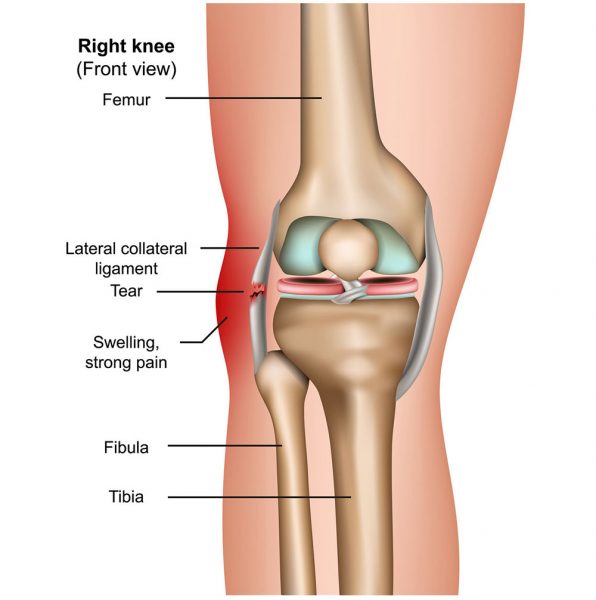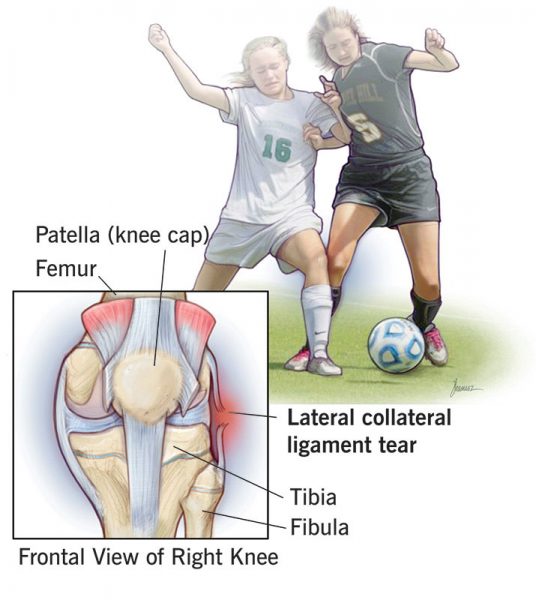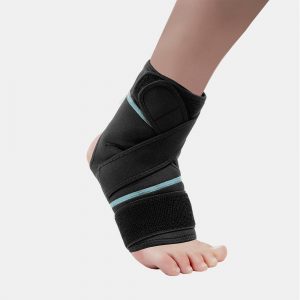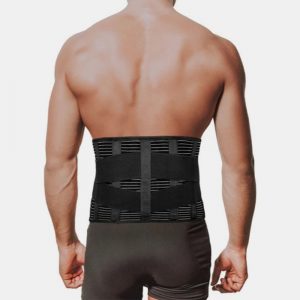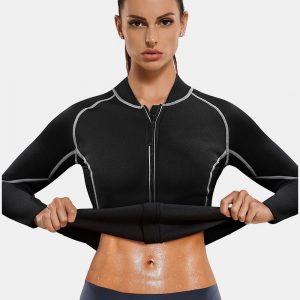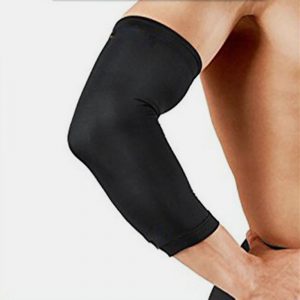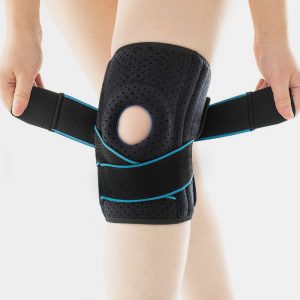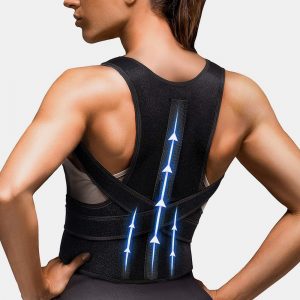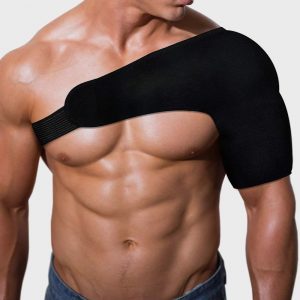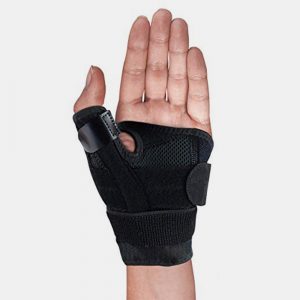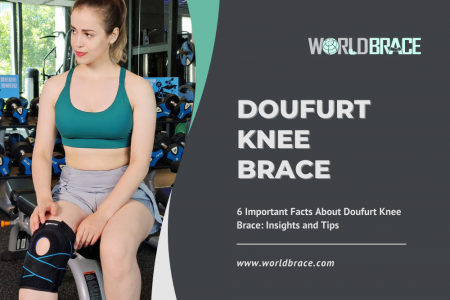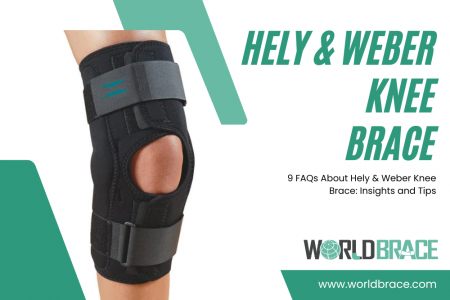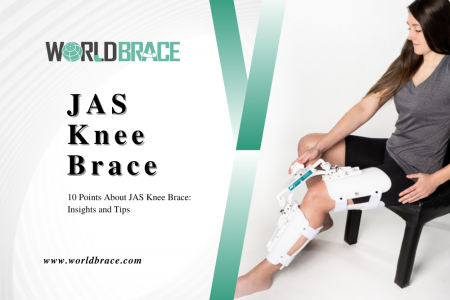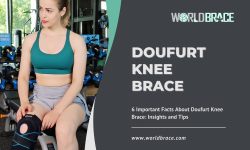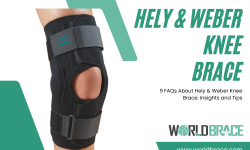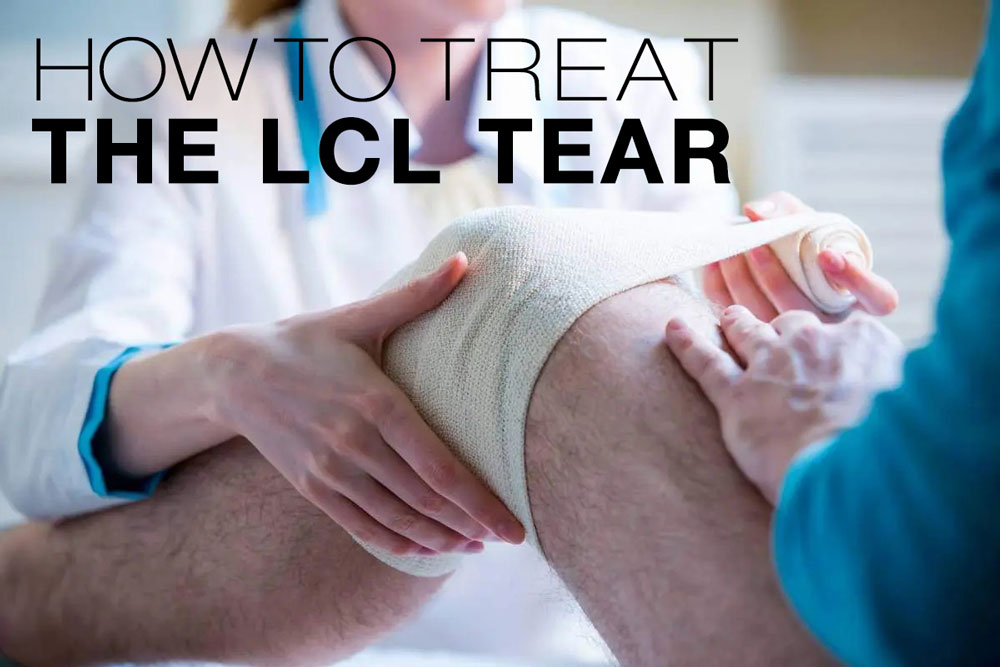
Table of Contents
What is LCL Tear?
The lateral collateral ligament (LCL) is one of four major ligaments in the knee that stabilize the joint. The LCL is located on the outside of the knee and runs from the femur (thighbone) to the fibula (smaller bone in the lower leg). It helps hold bones together, thereby providing stability to the knee joint.
A tear of the LCL is a relatively uncommon injury that most often occurs due to a direct blow to the inside of the knee, such as in a football tackle. The treatment for the torn or stretched LCL depends on how badly you’ve been hurt. A minor sprain may be treated with self-care at home. However, in case of major tears, your doctor may recommend physical therapy or surgery. LCL injuries are more common in men than women.
The following are the leading causes of the LCL-related injury: A direct blow to the inner side of your knee. Pivoting on a single foot or changing directions abruptly. A bad and awkward landing from a jump.
How to know if your knee has this problem?
The most common symptom of an LCL tear is pain on the outside of the knee. Swelling is also a common sign of an LCL tear.
Other notable symptoms include Stiffness and soreness along the outer edge. Unable to walk or stand. A locked knee. Disturbed range of motion. Signs of weakness in your feet. Bruising on or around the knee. Instability in the knee joint.
How long does an LCL tear take to heal?
The healing time for an LCL tear depends on the severity of the injury. A minor tear may heal in a few weeks with conservative treatment, while a more severe tear may require surgery and take several months to heal.
Usually, doctors recommend Home care for minor LCL tears. For moderate LCL tears, a knee brace and physical therapy is recommended. Severe LCL tears can only be treated with surgery.
Physical therapy techniques and knee braces are instrumental in treating moderate and serious LCL tears. Your physical therapist can teach you exercises that help strengthen the muscles around your knee.
Aerobic exercise and activities like walking also play a major role in the LCL recovery process.
The LCL-related injuries are common in basketball, football, lacrosse, or skiing. All of these sports involve lots of changes in direction and knee rotations. Knee braces, especially hinged braces, guard your knee against inward and outward buckling. A good-quality knee brace will provide extra stability and compression to protect your knee.
What is the best knee brace for an LCL Tear?
There are a variety of knee braces that can be used to support the knee following an LCL tear. Your doctor or orthopedic surgeon will be able to recommend the best type of brace for your case.
WorldBrace is a leading provider of orthopedic braces and supports. We offer a wide range of products to help support the knee following an LCL tear. For more information, please visit our website or contact us today.
How to tape Achilles bursitis?
faq
Can you walk on an LCL Tear?
If the LCL tear is minor, you may be able to walk on it. However, if the tear is more severe, you may need crutches or a knee scooter to avoid putting weight on the joint.
Do you need surgery for LCL tears?
Surgery is usually only required for a complete tear of the LCL. Your doctor will determine if surgery is necessary based on the severity of your injury.

